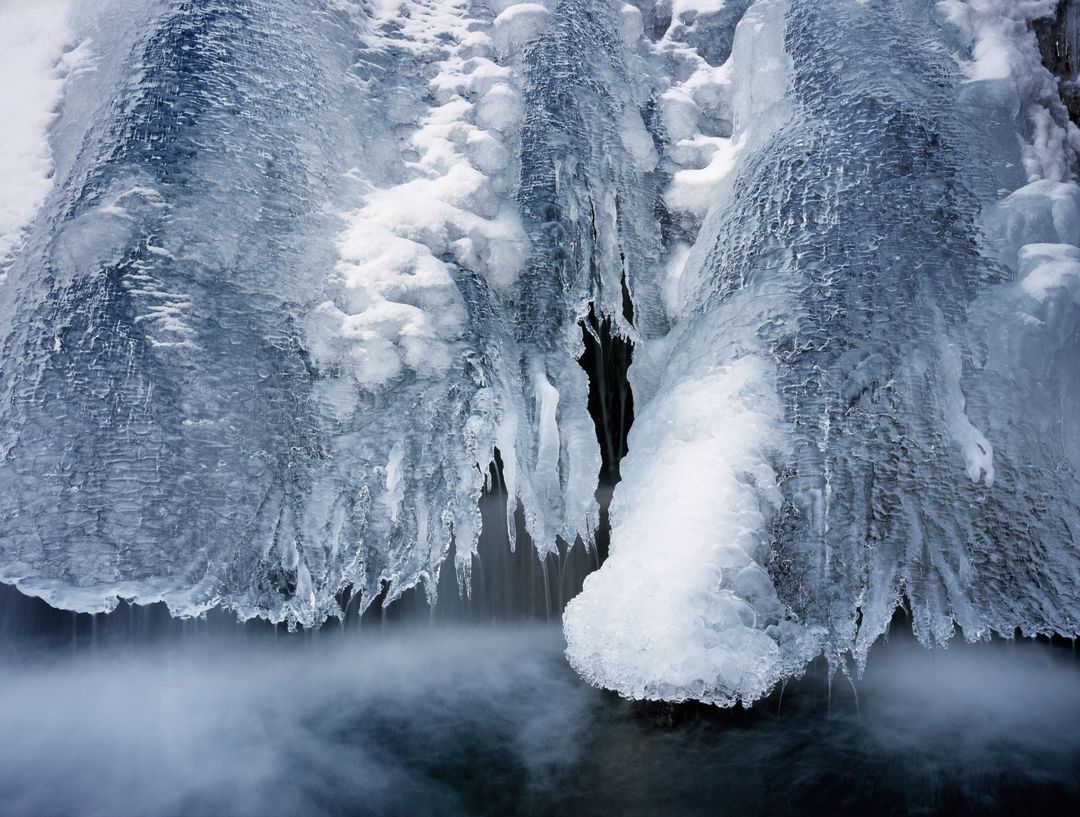Vail-Based Photographer Uses Old-School Techniques to Capture Current Images

Image: Matt Inden
Whenever Matt Inden looks into the lens of his camera, the world literally turns upside down. This has everything to do with his instrument of choice, a 1950s-vintage Deardorff large-format camera, the same model Ansel Adams used to capture his iconic images of the American West. It’s bigger than a breadbox—has to be because it’s loaded with 8" x 10" film—made of lacquered Spanish cedar with leather bellows and polished brass and none of the electronic wizardry found in modern digital cameras. Which means that when Inden peers inside to compose, everything he sees is inverted, by 180 degrees. It’s a bit discombobulating, he says, sort of like driving in London, but he’s used to it. That, and shouldering his behemoth into the backcountry. The reward is in the detail: that enormous piece of film captures far more visual information than a digital camera ever could, seen in the texture of the ice and the particles of mist in the photograph on the previous page, a long-exposure image of a creek near Telluride. “When you can produce a photograph as big as a garage door, the viewer really gets a good sense of what that place was like at that particular moment,” he says. “It’s magical.” 531 East Lionshead Circle, Vail; 302-893-0703; mattinden.com






































